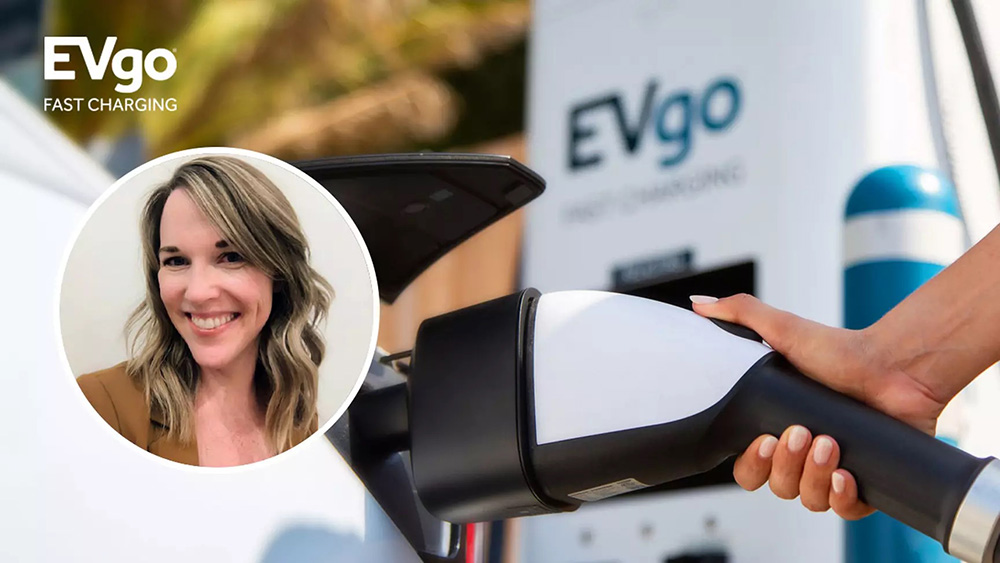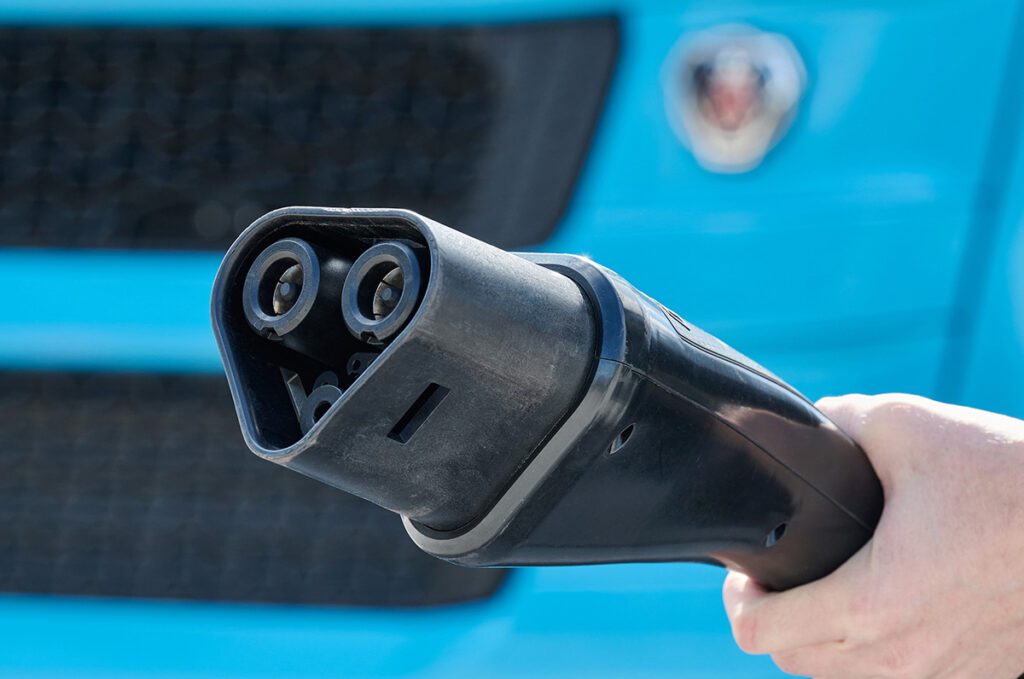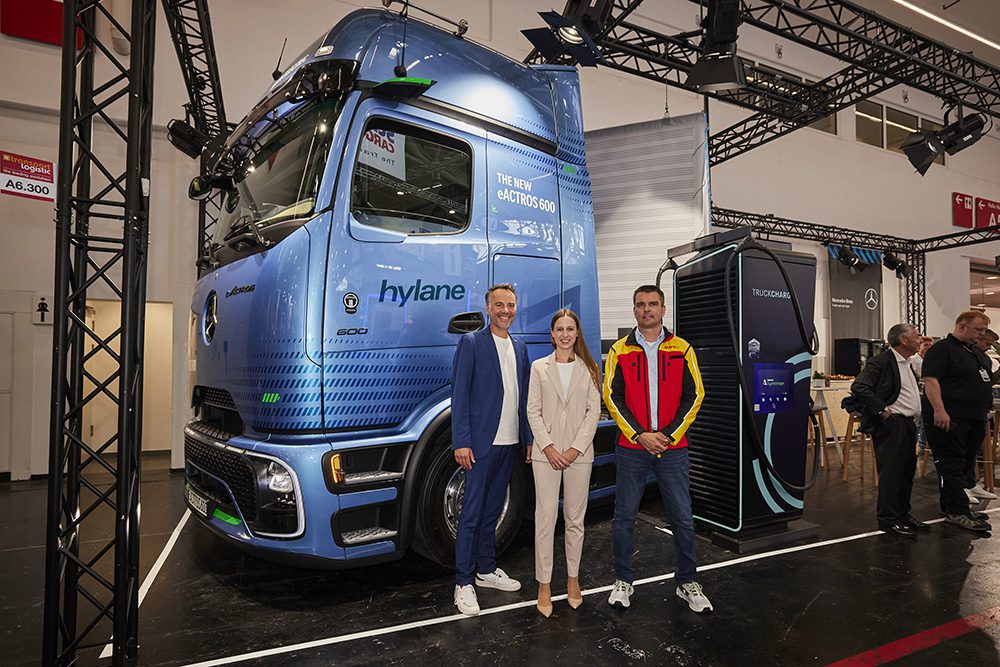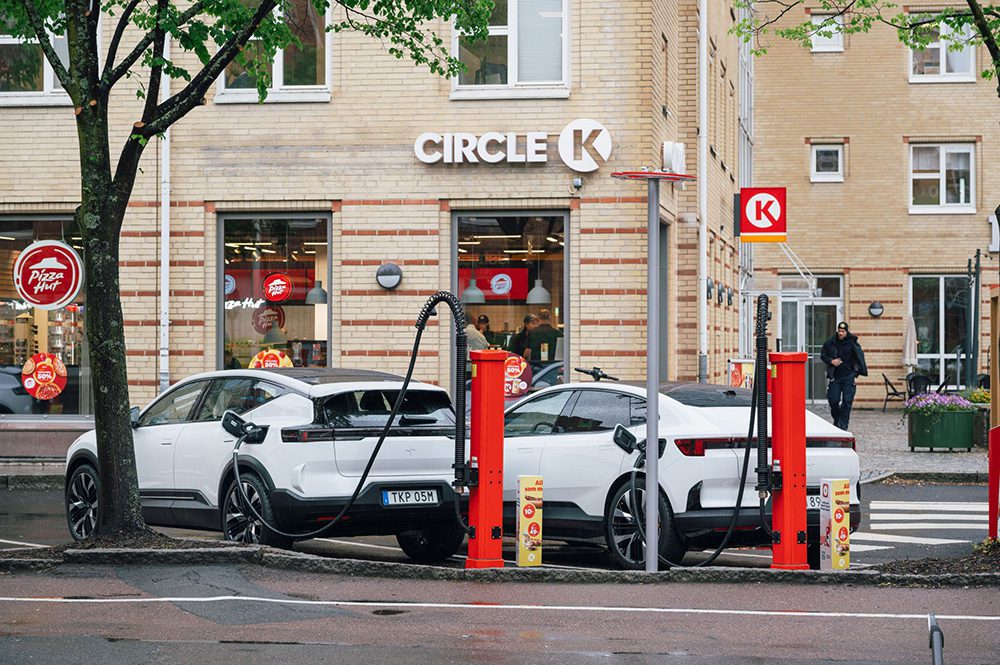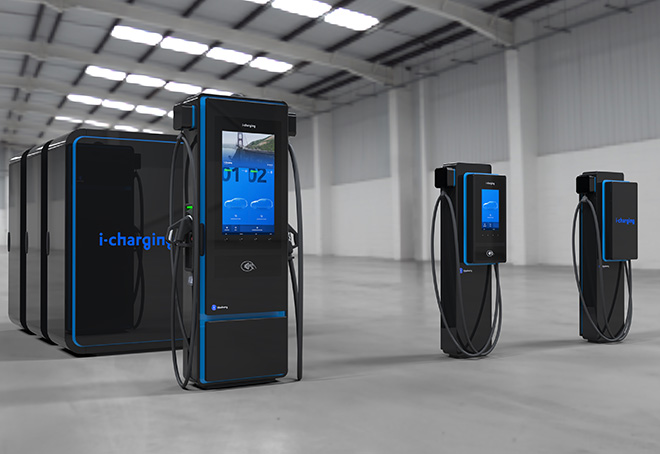Regular Charged readers are familiar with demand charges—fees that utilities charge commercial customers when power draws exceed a certain level. These charges can be shockingly high, and they hit operators of DC fast charging stations very hard indeed.
Lindsey Stegall, Manager of Market Development and Public Policy at charging operator EVgo, writes in a recent blog post that the cost of electricity is by far the largest operating cost for a DC fast charging station, and that energy costs, especially the dreaded demand charges, represent “one of the most significant obstacles to the widespread deployment of charging infrastructure.”
As a national charge point operator, EVgo has extensive experience in rate design proceedings across the country. Stegall and her colleagues have developed a set of seven principles that they suggest utilities and regulators consider when creating alternative rate designs for EV charging.
- Make alternative rates optional. There are many different EV charging use cases, and allowing customers to choose from multiple rate options increases competition.
- Minimize demand charges, and instead use time-varying volumetric rates. Volumetric rates that vary based on the time of day, season, and other factors could help address the issue of high demand charges and help encourage EV charging at times that provide the greatest benefits to the grid.
- Expand existing rates designed for industry-specific load shapes. Many utilities have existing rates designed to accommodate “spiky” loads that are similar to those at EV charging facilities, for example loads from agricultural activities, houses of worship and sports facilities.
- Apply rates to new and existing customers. To encourage investment in EV charging infrastructure, commercial rates should be available to all EV charging customers.
- Offer different rates for different use cases. All commercial charging customers should have access to the same EV rates, but it may be appropriate to consider different rates for different usage scenarios, including workplace, public and fleet charging.
- Provide certainty with long-duration rates (e.g. 10 years). This enables EV charging operators to plan for the future and make informed investment decisions.
- Limit the use of subscription charges. Requiring customers to pay for fixed blocks of demand in advance can create significant barriers to entry for EV charging operators.
“Rate design is a complicated and delicate challenge, but the good news is that utilities across the country have begun implementing commercial EV rates to help accelerate transportation electrification,” writes Ms. Stegall. “These efforts are likely to continue, given language within the Infrastructure Investment and Jobs Act that requires each state to consider measures to promote greater electrification of the transportation sector, including establishing rates that accelerate third-party investment in EV charging.”
EVgo offers more details about rate design options in a white paper.
Source: EVgo






